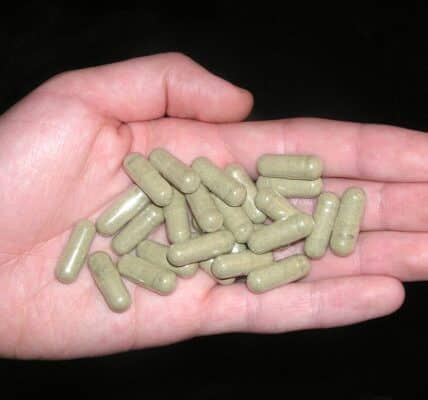Addiction and Aging

Addiction is a young person’s game. The peak years for substance use disorders (SUDs) are in the 20s, when an estimated 0.3% of men and 0.25% of women suffer from alcohol use disorder (AUD), a similar number have tobacco use disorder, and a much smaller percentage have been diagnosed with opioid use disorder (OUD): 0.04% of men and 0.025% of women.
Rates of addiction drop steeply and steadily after age 30, with a slight pause in the 50s. See the charts, below, in Figure 1 from the journal, Drug and Alcohol Dependency.
Figure 1: Rates of substance use disorders for men and women in the United States.
Some lessons here are the importance of overdose interventions, especially naloxone, in saving the lives of young people so they can get treatment and age out of addiction. A second lesson is the value of early intervention in SUDs to flatten the curve for people in their teens and 20s. Addiction becomes much less attractive after age 30. For those suffering from SUDs, hang in there! The future looks better for you than the past.
A new study featured in Neuroscience News shows how substance use disorders result in premature aging of the brain:
[R]esearchers found that alcohol, opioids, and stimulants each trigger unique patterns of neurodegeneration, particularly in the decision-making centers of the brain.
Researchers from McGovern Medical School at UTHealth in Houston, Texas, demonstrated that SUDs accelerate the aging process through three processes:
- oxidative stress
- neuroinflammation
- mitochondrial dysfunction
The result is that people with a history of SUDs “often experience early-onset, age-related diseases,” write the researchers. The subjects of the research were 58 donor brains from people who had SUDs near their time of death. Researchers found that they all had “molecular signatures associated with accelerated aging.” Importantly, the mechanism was different for each disorder.
The research indicates that SUDs are not necessarily a behavioral choice and may be prolonged due to neurodegeneration. Dr. Bruno Kluwe-Schiavon, one of the authors of the study, notes:
What we call relapse may sometimes be the cognitive exhaustion of a prematurely aged cortex.
In a study of recovering addicts entering old age, Julie Wernau from The Wall Street Journal summed it up as “you sort of lose years of your life to drug use.” In particular, she sees elevated levels of liver damage, hepatitis C, malnutrition, and problems with vision, hearing, and teeth.
In a report on addiction and aging for PBS, Ali Rogan says that two million Americans over the age of 65 have SUDs — a tenfold increase in 10 years. Not only are they aging faster, Wernau says they often suffer from “delayed care,” due to the stigma from medical providers toward the many needs of aging, recovering addicts.
In summary, we can say that addiction is a young person’s game with lifelong impacts on aging of the body and brain. Medical providers need to be proactive about diagnosing and treating premature signs of aging in patients in recovery. Greater investment needs to be made to build resilience in children that will pay health dividends for decades to come and throughout their golden years.
Written by Steve O’Keefe. First published June 11, 2025.
Sources:
“Age trends in rates of substance use disorders across ages 18–90: Differences by gender and race/ethnicity,” Drug and Alcohol Dependency, September 14, 2017.
“Addiction Accelerates Brain Aging via Distinct Molecular Pathways,” Neuroscience News, April 30, 2025.
“Deciphering the molecular basis of accelerated biological aging in substance use disorder: Integrative transcriptomic analysis,” Genomic Psychiatry, April 29, 2025.
“A Generation of Drug-Addiction Survivors Is Entering Old Age,” The Wall Street Journal, December 1, 2024.
Image Copyright: xalanx.




